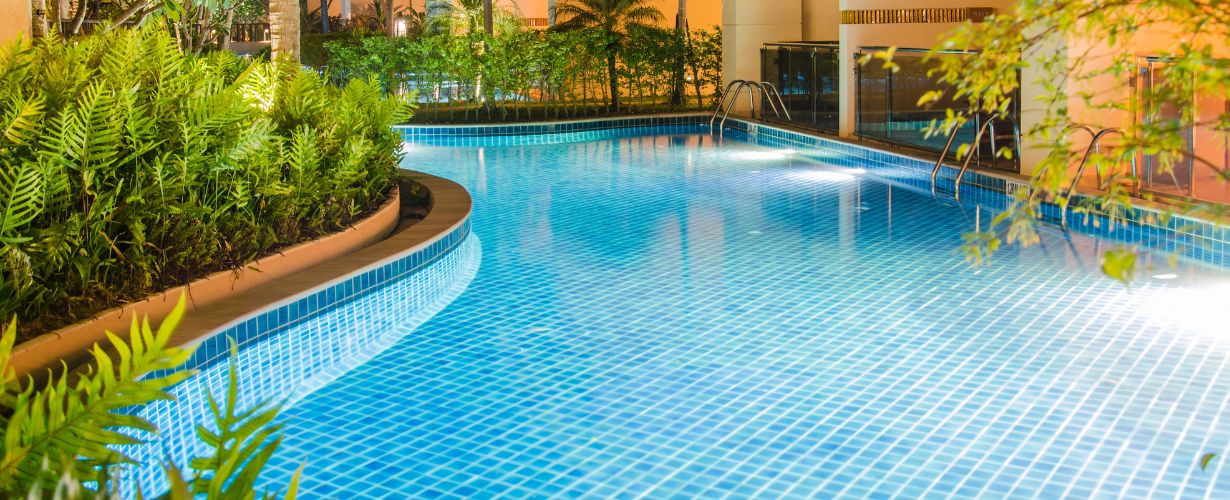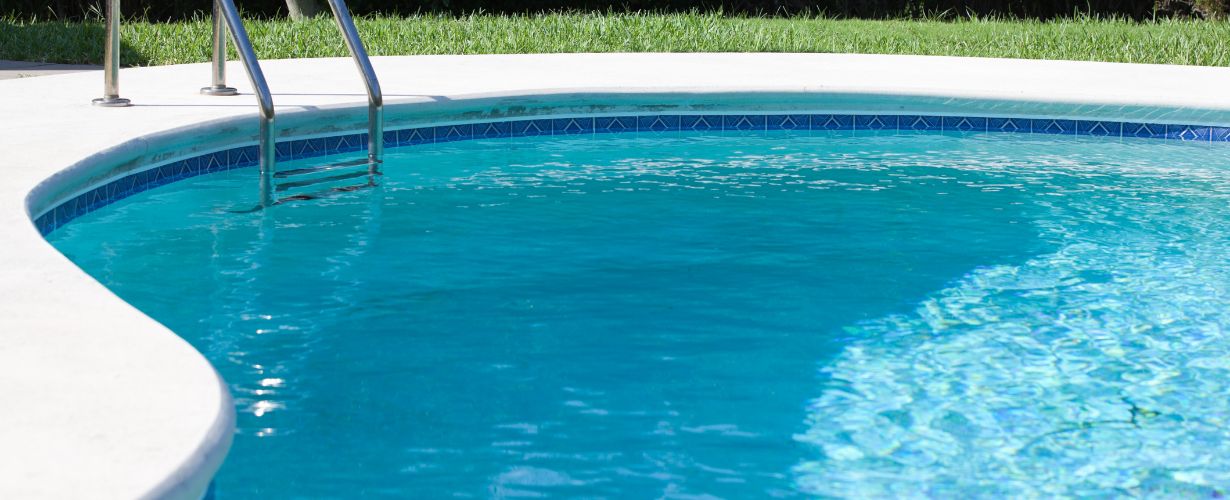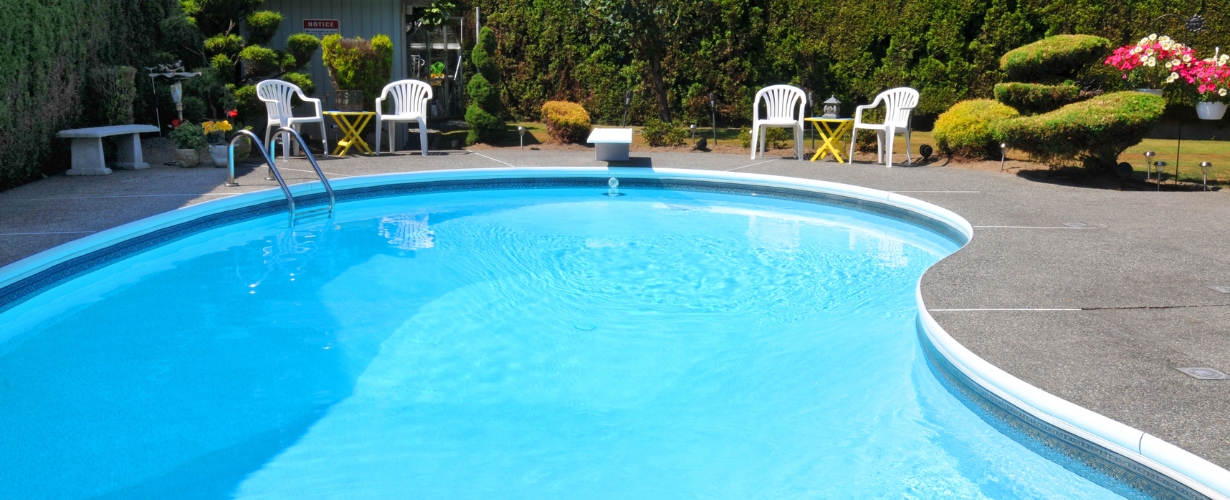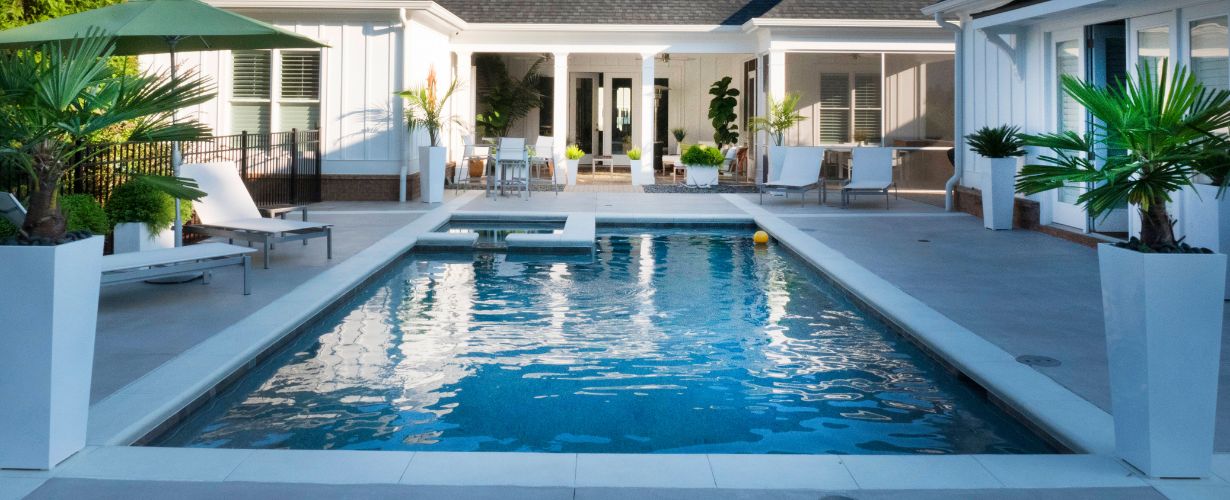When considering the addition of an inground pool to your home, understanding the true cost of inground pool is crucial. It’s not just about the upfront cost—there are a lot of things that add to the total expense. The cost of an inground pool can vary greatly, no matter where you live, from South Florida to Orlando and beyond. Thinking about an inground pool? Epic Watershapes brought you this article that will break down everything, from building to running it.

Inground pool prices are influenced by a variety of factors, such as:
The average prices of the inground pool depend on the type of pool that you want in your backyard.
These costs are just an estimate, and they can vary a lot depending on the pool’s size, the materials you choose, and where you live.
However, from all these types, customers call us every day asking how much a 12×24 inground pool costs. Here at Epic Watershapes, our 12×24 in-ground pool price starts at $53,000. However, this price might be higher depending on the water features that the homeowner wants in their pool.
Another common question is about a small pool cost. Many homeowners with small backyards want to install a cocktail pool, and the cocktail pool prices start at $40,000.

Adding an inground swimming pool to your backyard is a dream for many homeowners. It transforms your outdoor space into a private oasis for relaxation, recreation, and entertainment. But before you take the plunge, it’s essential to understand the journey ahead.
It takes a lot of careful planning and coordination to build an inground pool. Here’s a breakdown of the key stages:

Building an inground swimming pool is a significant investment. To keep enjoying your pool for years to come, it’s important to properly care for and maintain it. This includes:
One of the frequently asked questions that we receive is, “How much does it cost to install a pool?”. The answer is: The installation cost can range widely. On average, pool installation might set you back between $50,000 and $120,000, depending on the complexity and location of the project.

Owning a pool is not just about the initial purchase. Remember the ongoing cost of keeping your pool clean and running smoothly.
Adding a pool to your property may impact your homeowner’s insurance. It’s a good idea to talk to your insurance company to see if your premiums will change. Also, getting the permits you need for installation can really add to the cost.
Always include a contingency fund for unexpected expenses when budgeting for a pool. This could be anything from unexpected problems digging up the ground to extra costs for landscaping.
Get multiple quotes from different contractors to ensure you’re getting a fair price. Be wary of prices that seem too good to be true, as they may not include all necessary components or could compromise on quality.
Sometimes, installing a pool during the off-peak season (fall or winter) can save you money as contractors may offer discounts during these times.
In conclusion, the cost of an inground pool extends beyond the initial sticker price. By knowing what goes into the cost of a pool—from building it to keeping it clean—you can decide if it’s a good investment for your home.
Remember, an inground pool is not just an expense but an investment in your lifestyle and property value. By planning ahead and setting a budget, you can finally have the backyard oasis you’ve always dreamed of. Whether you’re looking for a pool builder in Alhambra, West Palm Beach, Delray Beach, or elsewhere, understanding these costs will help you confidently dive into your pool project.